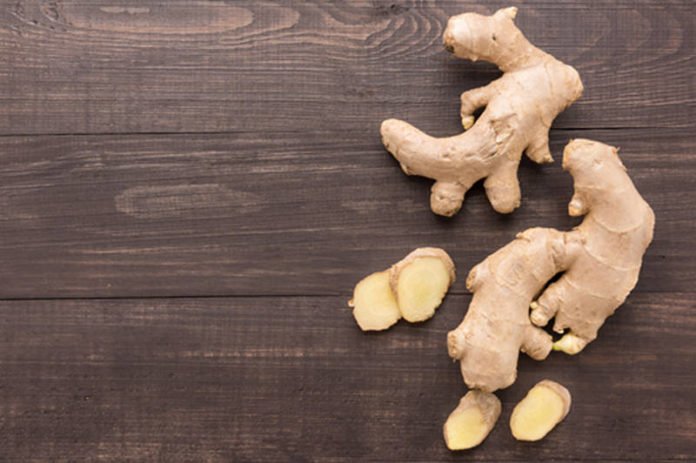Numerous food components contribute directly to the characteristic taste of food and drinks by methods for contributing their own specific taste, aroma or spiciness. Be that as it may, they additionally indirectly impact our feeling of taste by means of other, still to a great extent obscure biochemical components.
To find out more about food components, a team from the Technical University of Munich (TUM) and the Leibniz- Institute for Food Systems Biology investigated the effects of food components on the molecules dissolved in saliva.
They studied pungent compound 6-gingerol, a constituent of ginger. The pungent compound 6-gingerol stimulates an enzyme contained in saliva and breaks down foul-smelling substances. Thus offers fresh breath and a better aftertaste.
The detail science behind it, that the 6-gingerol, makes the level of the enzyme sulfhydryl oxidase 1 in salivation increment 16-overlay inside a couple of moments. The salivation and breath analysis completed on human volunteers demonstrate that the enzyme separates smelly sulfur-containing compounds.
Professor Thomas Hofmann from the Chair of Food Chemistry and Molecular Sensory Science said, In this way, it is able to reduce the long-lasting aftertaste of many foods such as coffee. As a result, our breath also smells better.”
Another component named Citric acid, also increases the sodium ion content of saliva, making salty foods taste less salty. Citric acid influences our perception of taste through a completely different mechanism. The reason is, citric acid has a sour taste ans sour food stimulate salivation.
Prof. Hofmann said, “The sodium ion level in saliva rises rapidly by approximately a factor of eleven after stimulation with citric acid. This effect makes us less sensitive to table salt. The food chemist explains: Table salt is nothing other than sodium chloride, and sodium ions play a key role in the taste of salt. If saliva already contains higher concentrations of sodium ions, samples tasted must have a significantly higher salt content in order to taste comparatively salty.”
Although, further research is still required to deeply understand the complex interaction between the molecules in food that create taste, the biochemical processes that take place in saliva and our sense of taste. Using a systems biology approach, Hofmann aims to develop a new scientific basis for the production of food with component and functional profiles that satisfy the health and sensory needs of consumers.
The research is published in the journal ACS Publications.
